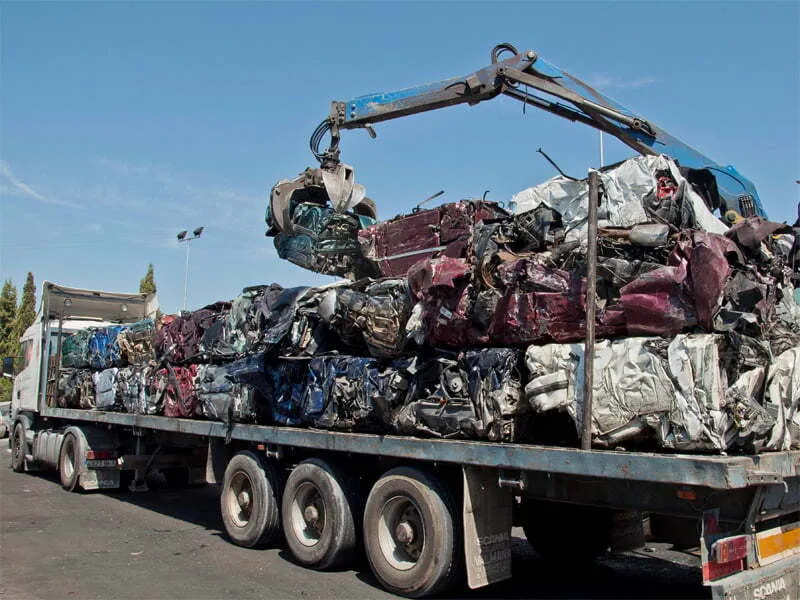New Method of Recycling Plastics from End-of-Life Vehicles Reduces Carbon Footprint by 75%

In accordance with Directive 2000/53/EC on end-of-life vehicles, reuse and recovery of at least 95% by weight of these vehicles must be reached by 2020. Given that plastic components currently account for around 20% of vehicle weight, recycling and recovering the different plastic materials in vehicles is becoming increasingly important.
End-of-life vehicles are currently handled by authorized treatment facilities, which take care only of the decontamination process. Shredders then select materials of interest, but not all plastics are always recycled.
The LIFE CIRC-ELV project
In order to improve recovery levels, AIMPLAS is coordinating the LIFE CIRC-ELV project with the aim of creating a new, technically and economically viable network in Europe where these centres can separate parts such as fuel tanks and bumpers made of high-interest materials, including high-density polyethylene and polypropylene. Plans are currently under way for initial separation followed by pre-treatment to generate recycled material for piping, as well as a recycled compound to produce new automotive components such as wheel arches.
One project goal is to obtain 12 tonnes of recycled plastic from every thousand vehicles. By implementing this process and using recycled plastic, the carbon footprint is expected to be reduced by 75%.
In addition to coordinating the project, AIMPLAS is developing the pre-treatment method for separated plastics so they can be passed on to the compounder. AIMPLAS will also be in charge of performing environmental impact analysis throughout the life cycle.

Five other partners are participating in the LIFE CIRC-ELV project: Desguaces Cortés, Sigit and Sigrauto from Spain, Indra from France, and Isolago from Portugal.